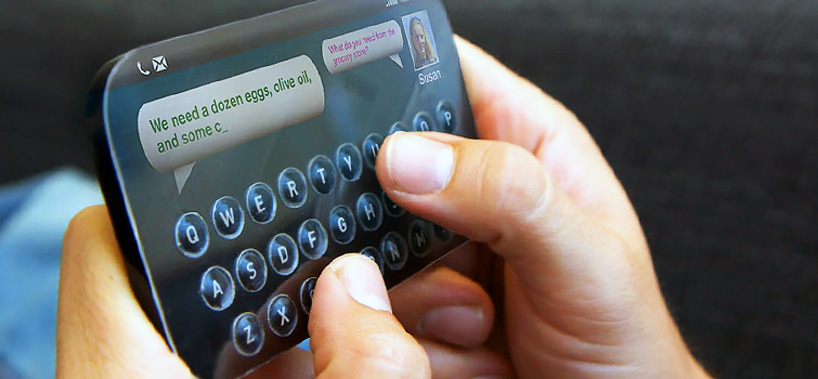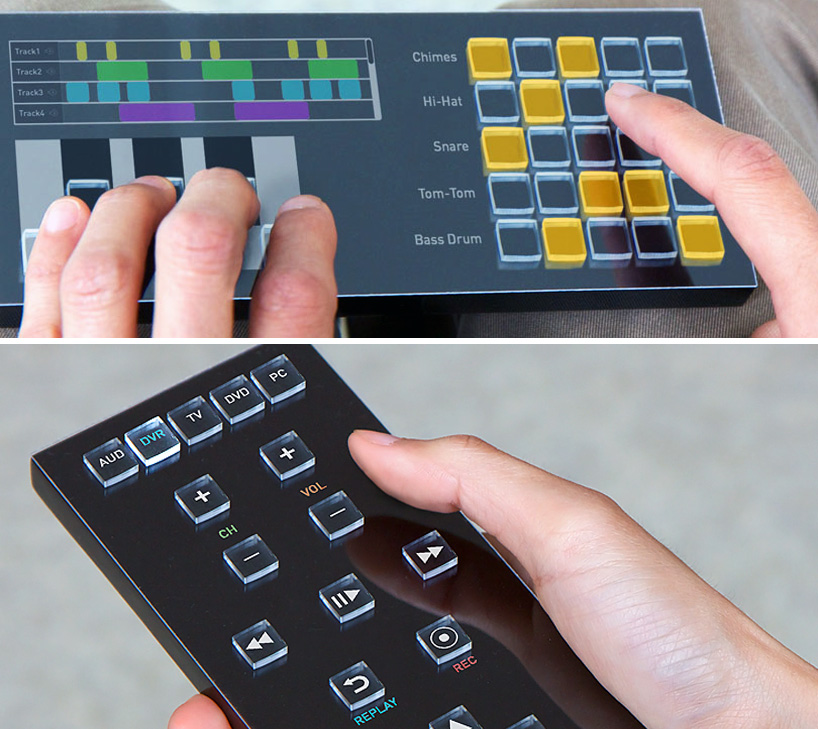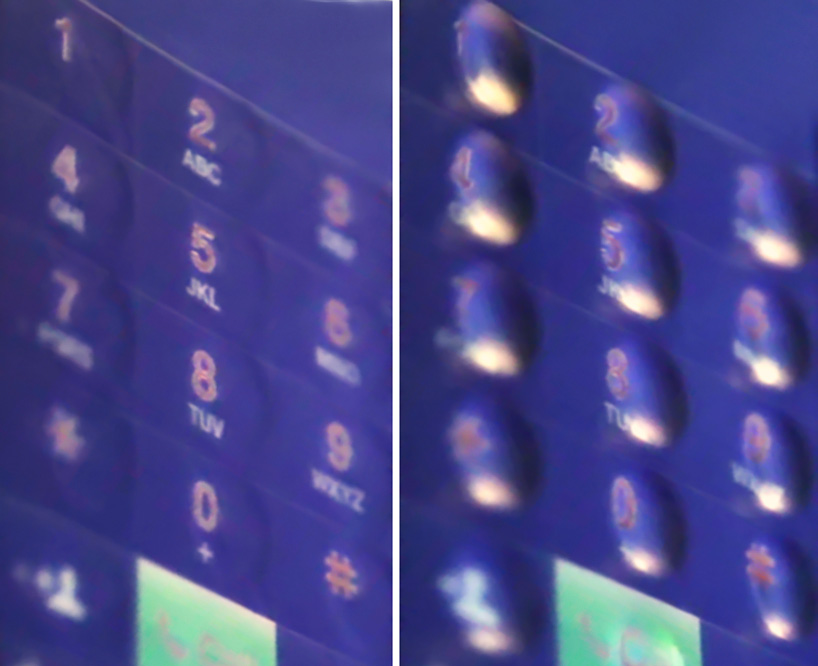KEEP UP WITH OUR DAILY AND WEEKLY NEWSLETTERS
PRODUCT LIBRARY
BMW releases the upgraded vision neue klasse X, with a series of new technologies and materials especially tailored for the upcoming electric smart car.
following the unveiling at frieze LA 2024, designboom took a closer look at how the color-changing BMW i5 flow NOSTOKANA was created.
connections: +630
each unit draws inspiration from emergence, featuring a hexahedron-based structure that facilitates integration into larger systems.
connections: 96
brian eno revives his color-changing neon turntable for the second time, on display too at paul stolper gallery in london until march 9th, 2024.
connections: +380


 the system could be implemented in smartphones, tablets, remote controls, navigation systems, and gaming
the system could be implemented in smartphones, tablets, remote controls, navigation systems, and gaming profile view of the ‘key’ bubbles
profile view of the ‘key’ bubbles the demo android smartphone, in normal touchscreen mode (left) and with keypad activated (right)
the demo android smartphone, in normal touchscreen mode (left) and with keypad activated (right)


